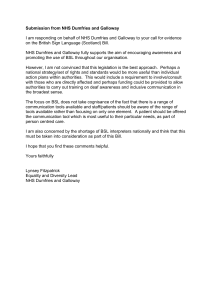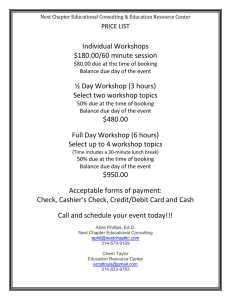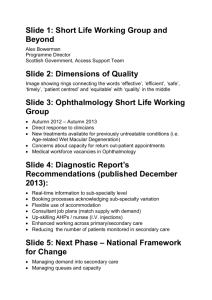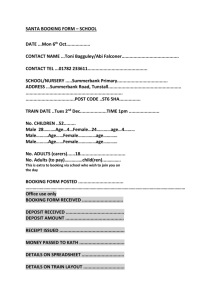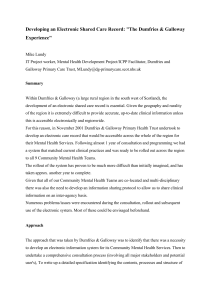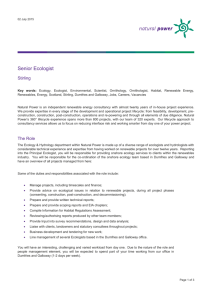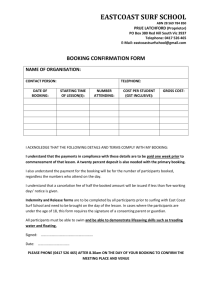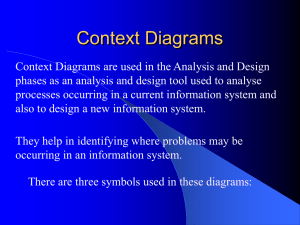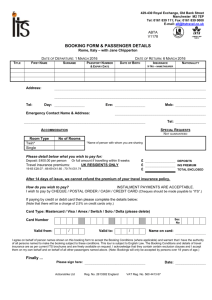Alex_Bowerman_SVS_2015
advertisement
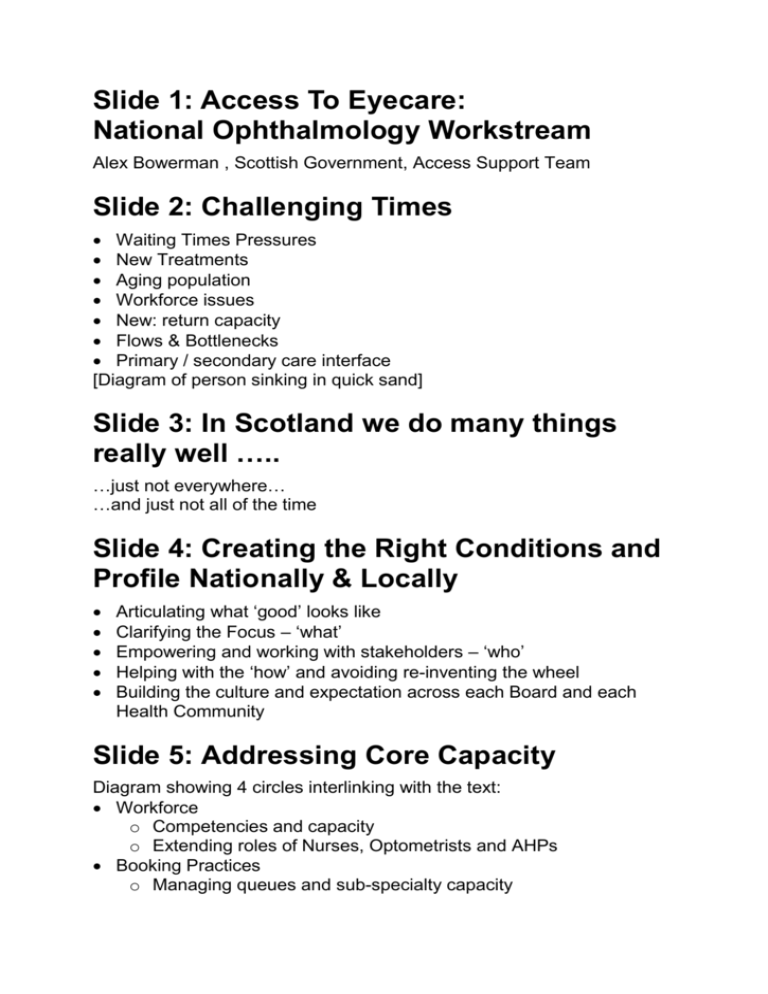
Slide 1: Access To Eyecare: National Ophthalmology Workstream Alex Bowerman , Scottish Government, Access Support Team Slide 2: Challenging Times Waiting Times Pressures New Treatments Aging population Workforce issues New: return capacity Flows & Bottlenecks Primary / secondary care interface [Diagram of person sinking in quick sand] Slide 3: In Scotland we do many things really well ….. …just not everywhere… …and just not all of the time Slide 4: Creating the Right Conditions and Profile Nationally & Locally Articulating what ‘good’ looks like Clarifying the Focus – ‘what’ Empowering and working with stakeholders – ‘who’ Helping with the ‘how’ and avoiding re-inventing the wheel Building the culture and expectation across each Board and each Health Community Slide 5: Addressing Core Capacity Diagram showing 4 circles interlinking with the text: Workforce o Competencies and capacity o Extending roles of Nurses, Optometrists and AHPs Booking Practices o Managing queues and sub-specialty capacity o Revisiting booking arrangements Information and Capacity Plans o Understanding Capacity and Demand (locally, regionally and nationally) o Managing ‘return slots’ successfully Primary / Secondary Care Pathways o Managing Demand into Secondary Care o Rolling out alternative models for surveillance Slide 6: Start Small, Aim Big.. Diagram showing 4 circles interlinking with the text: Workforce o Fife o Highland o Firth Valley o Dumfries and Galloway o Greater Glasgow and Clyde o Lothian o Tayside Booking Practices o Lanarkshire o Dumfries and Galloway o Lothian Information and Capacity Plans o Lothian o Forth Valley o Greater Glasgow and Clyde o Dumfries and Galloway o Tayside o Lanarkshire Primary / Secondary Care Pathways o Ayrshire and Arran o Borders o Greater Glasgow and Clyde o Forth Valley o Grampian o Highland o Fife Slide 7: Systematic Action Real time information to sub-speciality level to inform strategic and operational decisions Effective booking processes and training which acknowledge subspeciality variation Flexible use of accommodation Job plans / clinic templates to reflect demands of each service Up-skill AHPs/nurses and extend roles Strengthen work across primary/secondary care (appropriateness of care settings) Reduce the number of appropriately assessed patients returning to 2 degree care for monitoring by senior medical staff Use modern technology to improve patient pathways Measure impact of successes Slide 8: Embedding the Changes…..permanently Patient Priorities Parity Partnership


